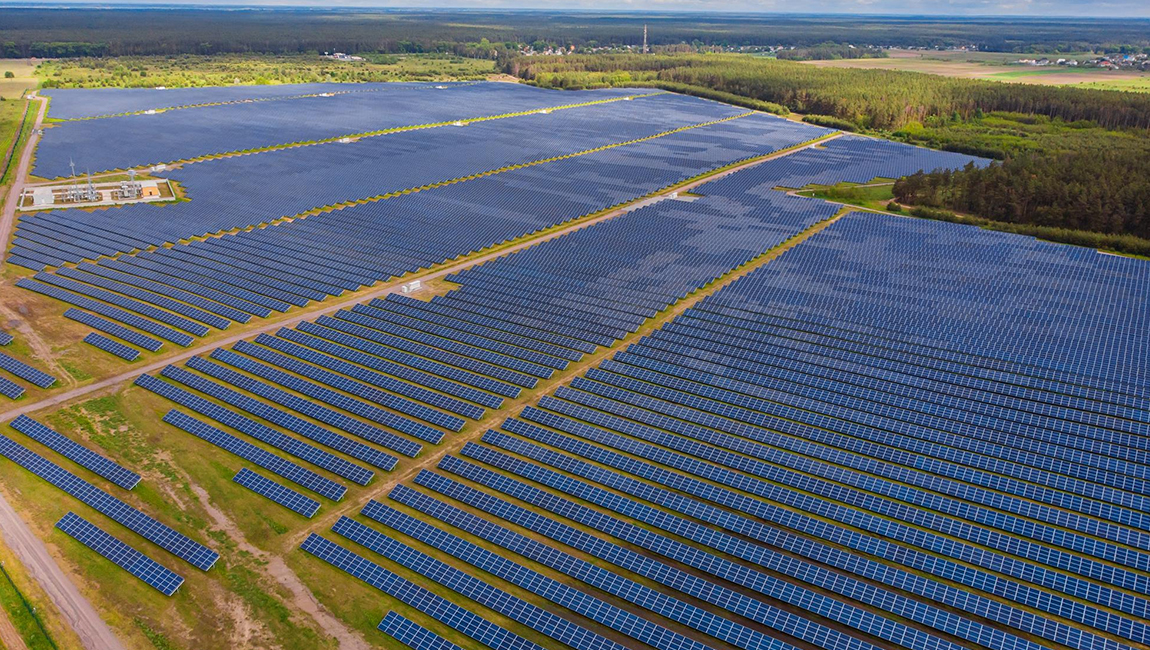Solar PV connectors are used to connect multiple solar panels into an array in order to convert solar energy into electricity.

Solar Photovoltaic Connectors: A Key Link to Quality Energy Conversion
In today's rapidly growing renewable energy market, solar energy is favored by consumers and buyers as a clean, sustainable energy option. Connection technology for solar panel arrays is particularly important, with solar PV connectors playing a key role as a key component in improving energy conversion efficiency and ensuring system reliability.
The key role of solar PV connectors
Solar PV connectors are more than just simple electrical joints, they carry the important task of connecting multiple solar panels to ensure that electricity is efficiently transferred from the solar panels to the grid or energy storage system. Here are the main functions of connectors in solar power conversion:
Optimize energy transfer efficiency: A good connector design can maximize the efficiency of power transfer, reduce resistance and energy loss, and thus increase the power generation capacity of the entire solar panel array.
Weathering and reliability: Considering the operating conditions in extreme outdoor environments, PV connectors must have excellent weathering and environmental adaptability to resist high temperatures, UV radiation, humidity, and chemical corrosion to ensure long-term stable performance and reliable operation.
Safety and standards compliance: The design of the connector needs to comply with international safety and electrical standards to ensure safety and reliability under various operating conditions, reduce the risk of accidents, and protect equipment and user safety.
Technical advantages of PV connectors
In order to meet different market demands and complex environmental challenges, high-quality solar photovoltaic connectors usually have the following technical characteristics:
High-temperature working ability: able to operate stably under high-temperature environment for a long time and adapt to the hot summer climate.
Waterproof and dustproof design: Adopting sealed structure and durable materials, effectively preventing moisture and dust from entering the connector interior, maintaining good electrical performance and insulation.
Optimized electrical conduction performance: By optimizing the contact material and connection method, the contact resistance is reduced, minimizing energy loss and improving the efficiency of electrical energy conversion.
Easy to install and maintain: Simple and easy to install design, reducing installation time and labor costs, as well as facilitating routine maintenance and overhaul, reducing the complexity of operation and management.
As a key component of the solar panel array, solar PV connectors not only affect the efficiency of energy conversion and system stability, but also play an important role in promoting clean energy applications and reducing carbon emissions. As technology continues to advance and market demand grows, PV connectors will continue to evolve, injecting new momentum and possibilities into the development of the renewable energy industry.